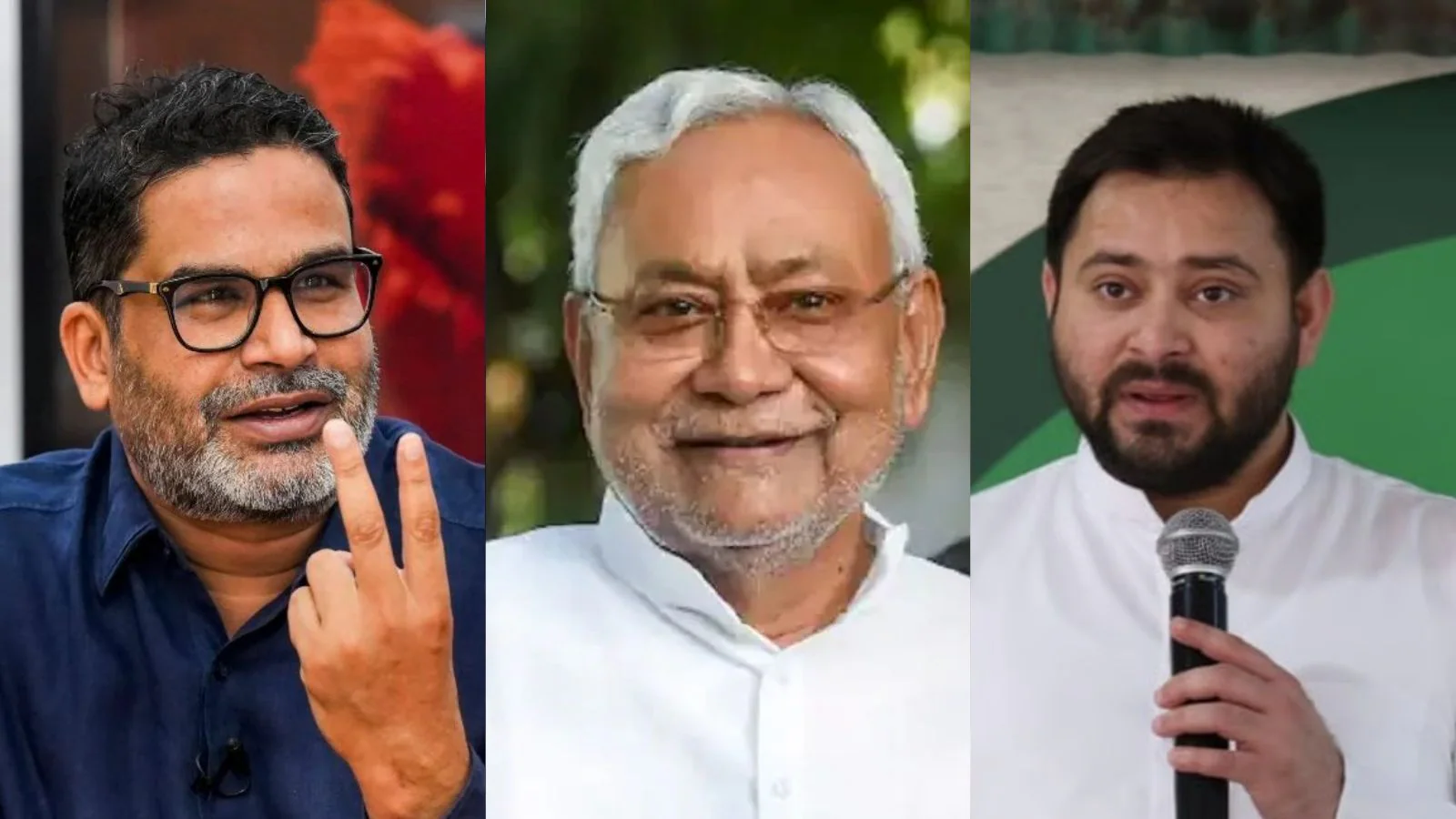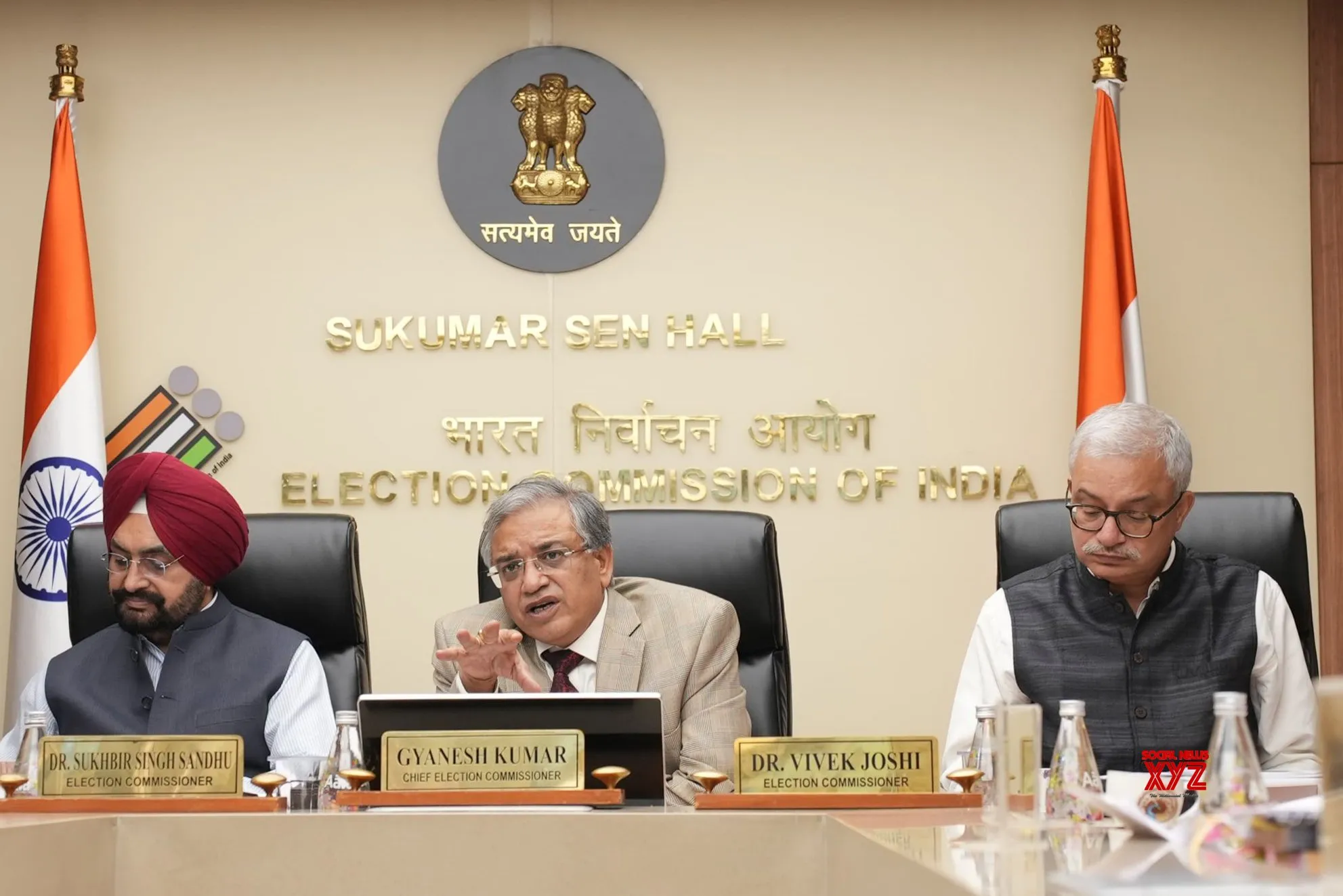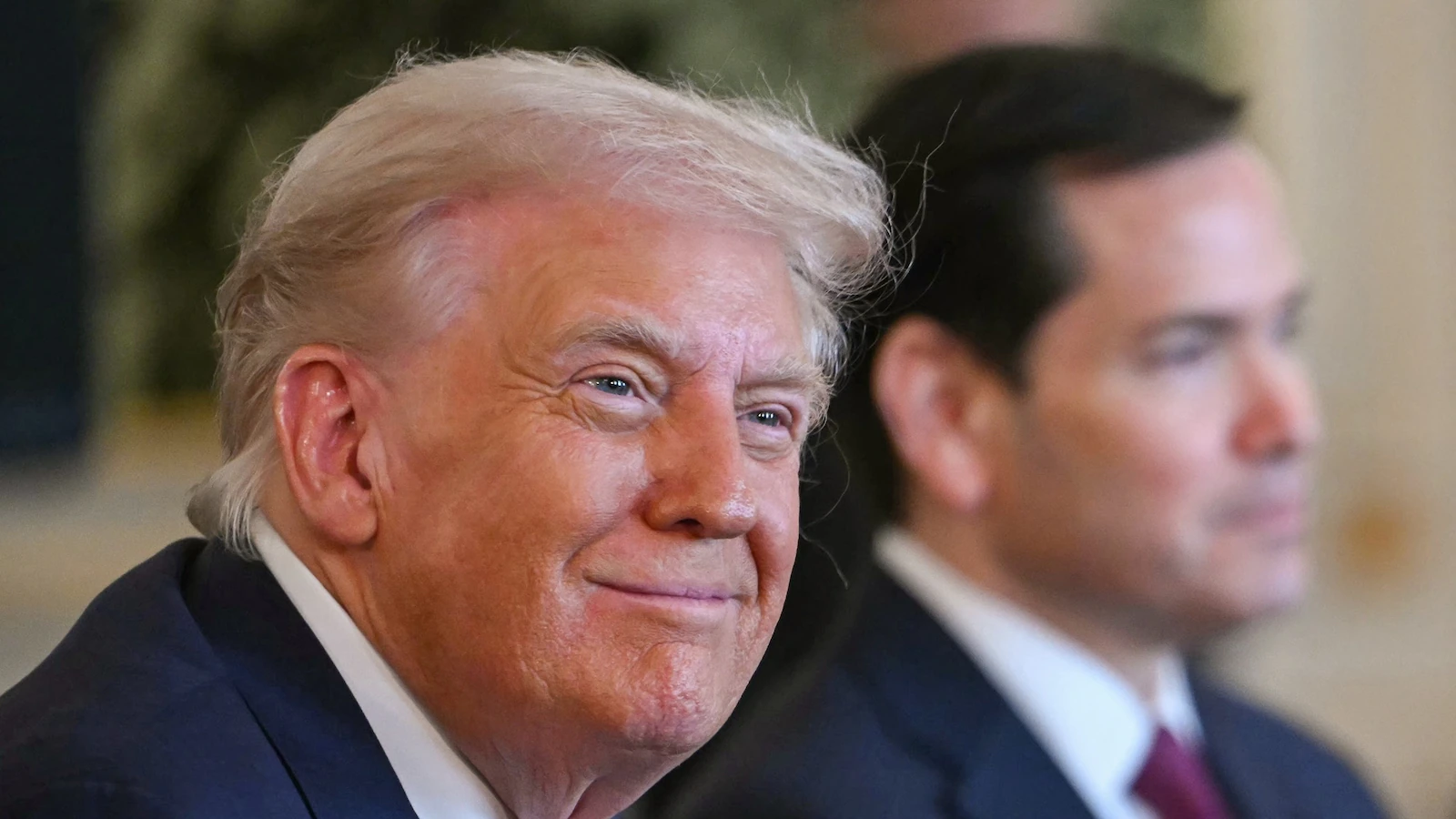Copyright news18

The high-octane campaigning for the crucial first phase of the Bihar elections has officially drawn to a close, with the silence period descending upon the 121 assembly constituencies spread across 18 districts at 5 pm this evening. With voting scheduled for November 6, the state now braces for a tight security deployment and the ultimate verdict from the electorate. This initial phase sets the tone for the entire two-phase election, encompassing a diverse political landscape that includes segments of Patna, Vaishali, Muzaffarpur, and Gopalganj. The battle lines are clearly drawn between the incumbent National Democratic Alliance (NDA), led by chief minister Nitish Kumar’s Janata Dal (United) and the BJP, and the formidable Opposition Mahagathbandhan (INDIA bloc), spearheaded by Rashtriya Janata Dal (RJD) leader Tejashwi Yadav. The Campaign Narratives and Key Issues The electoral narrative throughout the campaign was fiercely polarised. The NDA focused heavily on development initiatives, infrastructural progress, and continuity under Nitish Kumar’s leadership, while the opposition Mahagathbandhan made employment generation and economic relief its cornerstone. Tejashwi Yadav’s promise of transferring Rs 30,000 to women under the proposed Mai Bahin Maan Yojana was a significant final-day pitch aimed at securing the crucial women’s vote. Also, the Prashant Kishor-led Jan Suraaj Party’s performance in recent bypolls suggests it can influence outcomes, even if it doesn’t win seats outright. However, the final days of the campaign were dramatically overshadowed by the arrest of JD(U) candidate Anant Singh in connection with a murder in the Mokama constituency. This seat remains a focal point in the first phase, as Singh’s powerful “bahubali” image and subsequent jailing have injected an unpredictable blend of caste politics, sympathy, and allegations of political vendetta into the contest. Singh’s wife is now leading the charge, hoping to leverage his “jail card” into a victory, a strategy that has succeeded in the past. The Election Commission’s stringent action, including the transfer of several officials in Mokama, underscored the seriousness of maintaining law and order during this tense period. The Road Ahead: Turnout and Phase II As the last banners are taken down, the focus now shifts entirely to the administration and the voters. The Election Commission has deployed tight security across the 121 segments to ensure peaceful, free, and transparent voting on Thursday. Voter turnout will be the most immediate metric to watch, as it often provides the first hint of underlying anti-incumbency or enthusiasm. The results of this phase will also inform the strategies of the parties heading into the second and final phase of voting on November 11. Political analysts suggest that the overall success of the Mahagathbandhan’s job-focused messaging versus the NDA’s governance narrative will be acutely reflected in the final tally from the 121 seats. The fate of the next Bihar government, which has a two-phase election and a final count date of November 14, now rests with the 7.42 crore voters, with the first major installment of their mandate set to be delivered on November 6.



